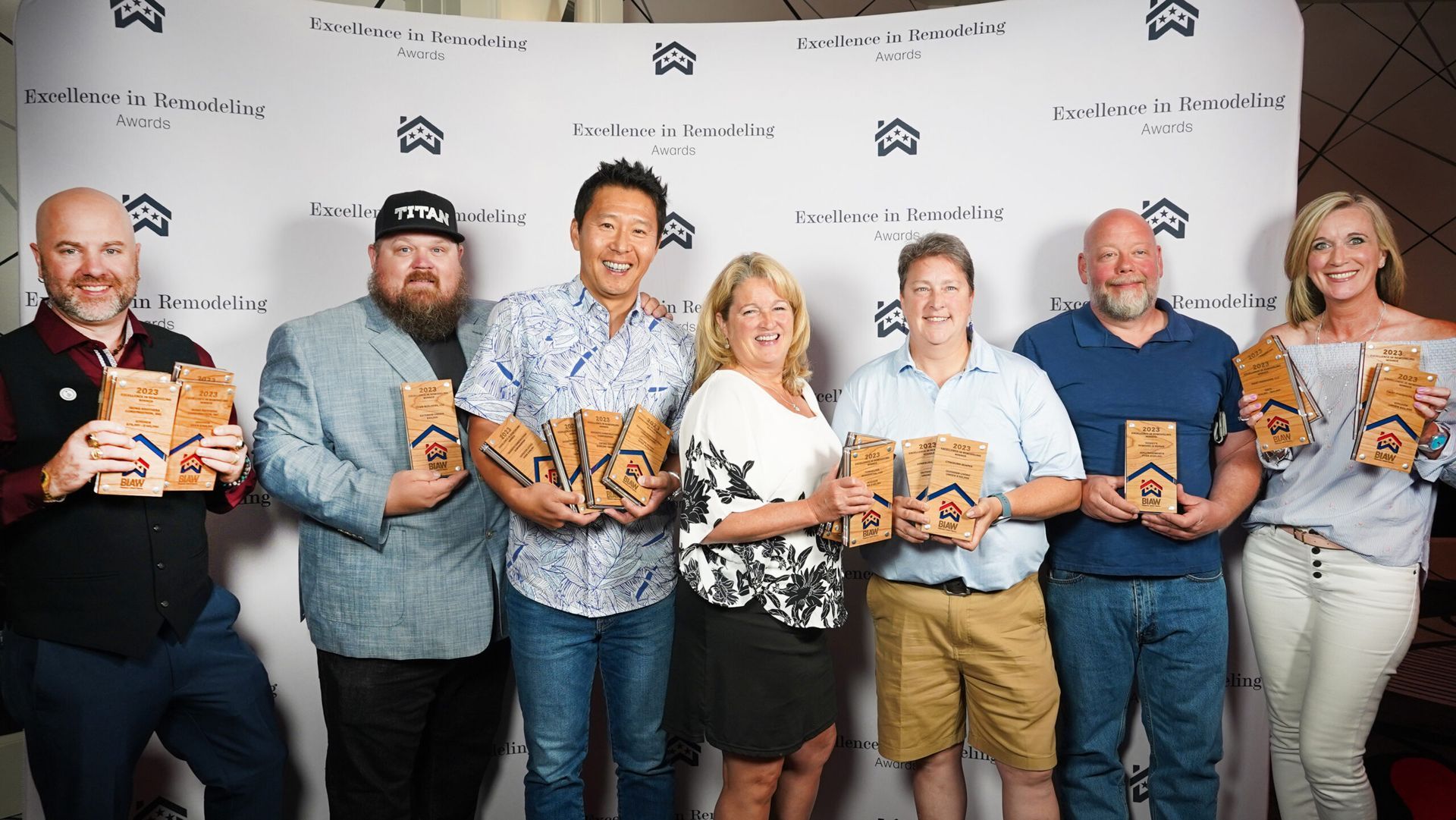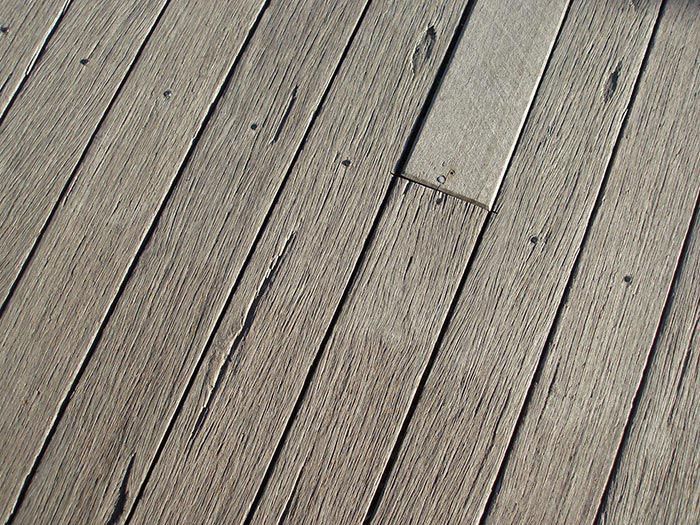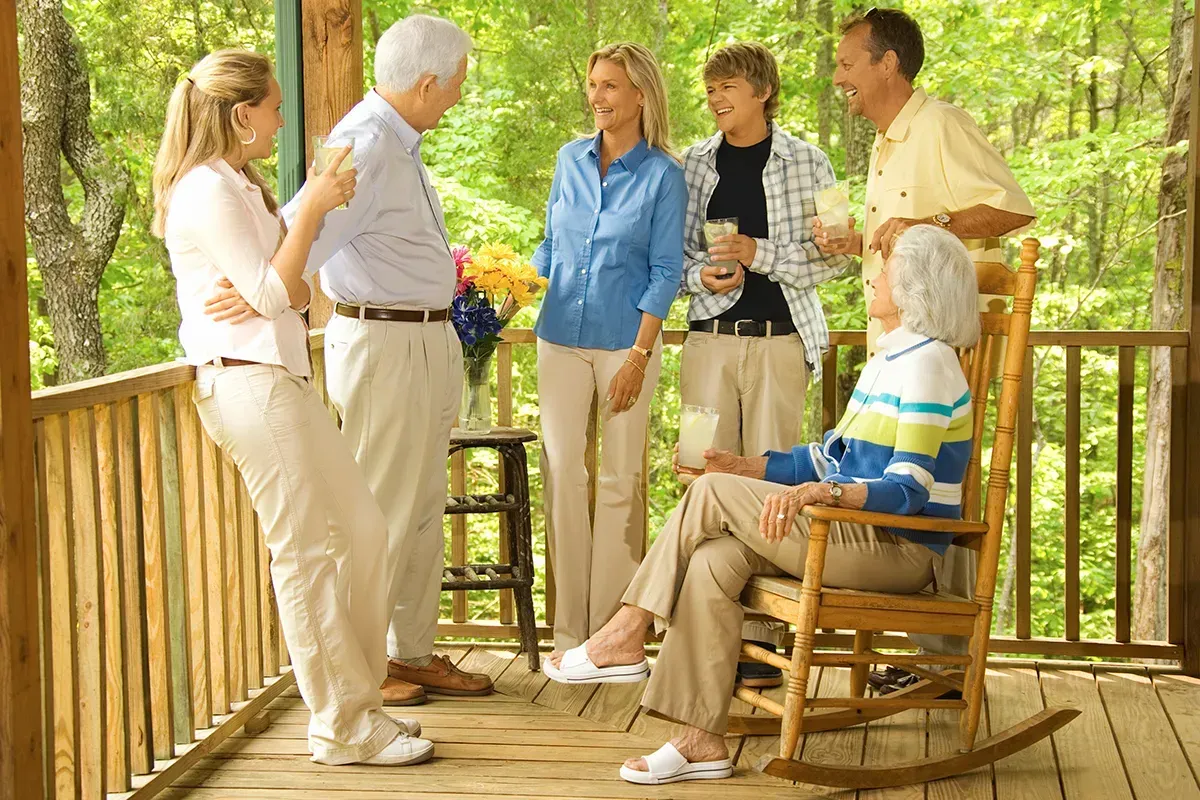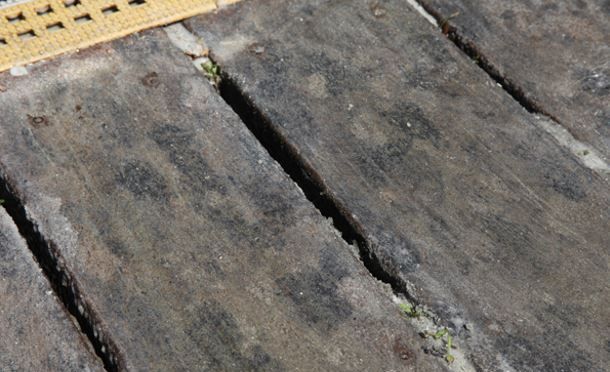Blog

By BIAW
•
February 12, 2025
Teaching what it means to be a national leader The NAHB Leadership Academy prides itself on teaching future leaders multiple aspects of what it means to be a leader in the homebuilding industry, while helping them define their personal leadership style. “We’re excited to kick off the second year of this program to help build the next generation of housing industry leaders,” said NAHB Chairman Carl Harris, a custom home builder from Wichita, Kan. “Members like these make it possible for NAHB to identify key industry issues, overcome challenges and fulfill our mission.” Program kicks off at IBS The Leadership Academy will begin with a live kickoff session held during the 2025 NAHB International Builders’ Show in Las Vegas and will culminate with graduation at the 2026 NAHB International Builders’ Show. Sessions will feature guest speakers and industry leaders through a combination of in-person and virtual sessions. BIAW’s representatives join 13 additional participants as part of this cohort.

By Kelly Martin
•
September 20, 2024
Jeff is joined in The Lean Lounge by Kimberly Martin from Cyneburg Services. Kimberley shares how she switched gears from 11 years in graphic design to becoming a women owned and highly respected designer and builder of high-end residential decks. Listen in and gather a few “Nuggets of Knowledge” for any women, or men in construction wanting to enter the lucrative industry of self-reliance, ownership and overcoming challenges as you build your passion for working with wood and precision.

By BIAW
•
August 16, 2023
"The annual BIAW Excellence in Remodeling (EIR) Award competition celebrates Washington’s best remodeling and design work by BIAW members statewide. Industry experts review and score each individual project based on aesthetics, special or unique design solutions, quality craftsmanship, appropriate building materials, budgetary considerations and the challenges the project’s design requirements face. With their expertise, innovation and attention to detail, these projects meet and exceed the standards of excellence necessary to win a 2023 Excellence in Remodeling Award. This year, BIAW members from nine local homebuilder associations across the state submitted 52 entries in 20 different categories, ranging from the top kitchens and baths to additions, outdoor living and universal design."

By BIAW
•
May 1, 2023
"Born and raised in Yakima, Kimberley Martin of Cyneburg Services, Inc. in Mill Creek, earned a Bachelor of Fine Arts Degree in Graphic Design from the University of Washington, and initially pursued a career in graphic design for over a decade before finding her passion in outdoor spaces. Over the next eight years, she soaked up all the knowledge she could, eventually becoming the special projects lead for Callunas Gardens. In 2015, Martin took the leap and started Cyneburg Services, Inc., focusing on creating exceptional outdoor spaces as well as remodeling. Martin has been an active participant at BIAW, the Master Builders Association of King and Snohomish Counties (MBAKS) and theNational Association of Home Builders (NAHB). She has served as a BIAW director for eight years and serves as the 2023 vice chair of the Remodelers Council. “I’m all about education,” Martin said. “Earning credentials shows I care about my industry, helps me stay on top of trends and shows my clients I’m always learning and striving to improve. Education is never wasted.” At MBAKS she is active in several committees, including the Professional Women in Building (PWB) Council, PWB Events Committee and Membership Committee. She actively participates in the Remodelers Committee and has been the presenting sponsor of the PWB Annual Conference three times. In 2019, Martin was honored with the MBAKS Sandy McAdams PWB Woman of the Year Award. She won the BIAW Excellence in Remodeling award in 2019 and was selected as BIAW’s 2022 Remodeler of the Year. At NAHB, Martin is a member of the NAHB Build PAC Platinum Club, a Professional Women in Building (PWB) Trustee, a Remodelers Council Trustee and a PWB Build PAC trustee. As an NAHB delegate, she regularly attends the International Builders Show and NAHB Leadership Meetings."

By BIAW
•
December 19, 2022
"An active participant at her local association of Master Builders Association of King and Snohomish Counties (MBAKS), BIAW and the National Association of Home Builders (NAHB), Kimberley Martin served as a BIAW director from 2006 to 2009, and again currently since 2016. She has served as a member of the Remodelers Council, Membership Council and the Workforce Development Task Force. In 2019, Martin was honored with an Excellence in Remodeling award. She has also proudly sponsored the BIAW Spike Party at the silver level in 2021 and 2022. At NAHB, Martin is a member of the Gold Key Club, has served as a delegate since 2021, is a Professional Women in Building (PWB) Trustee, and is an active member of the PWB Council. She has also attended the International Builder Show for the last three years. Martin is highly involved with MBAKS, serving as chair of several committees, including: the PWB Council, PWB Events Committee, the Membership Committee and also actively participates in the Remodelers Committee. Martin has been the presenting sponsor of the PWB Annual Conference three times and achieved Life Spike in 2007. In 2019, she was honored with the MBAKS Sandy McAdams PWB Woman of the Year Award."

By Kimberley Martin
•
August 4, 2022
What should I look for is the most common question I get asked. Here are a few items that may indicate that your deck may not be safe and/or need some repair and upgrades: It has soft spots where the deck boards give the deck sways side to side with a few people on it there is some rot in the railing or the railing is wobbly the steps have a lot of bounce to them or my personal favorite – the deck boards have started to come away from the structure underneath.

By Kimberley Martin
•
March 30, 2018
Q: With warm weather around the corner, what are some often-forgotten outdoor projects I can get started on to improve the overall health of my home? A: Do you have a deck? If so, now is the time to address it. The thing parents worry about most when allowing their child out into the world for the first time is whether they will be safe. Same goes when buying a car; most of us think about the safety ratings of the vehicle first and foremost. But what about your deck? Do you know the condition of the structure of your outdoor entertaining or lounging area? It may have been inspected when you bought your home, but have you thought about the safety of it since? You may be asking yourself, “Why would my deck have been safe when I purchased my home but may not be now?” There are a few reasons that immediately come to mind. First, rot or decay may have made your deck unsafe since you moved in — especially if you have a wooden deck and have not done proper yearly maintenance. The second reason is that, over the years, the way we build decks has evolved and is dramatically different from how they were built even five years ago. As decks fail (meaning they collapse, or people fall off them), changes are made to make them safer. This means that your deck will not collapse even if you have 15 of your best friends out dancing on it. Or if your Uncle Bob has a wee bit too much to drink and stumbles heavily into the deck railing, he won’t break through and fall. What should you look for? Here are a few items that indicate that your deck may not be safe and could need repairs or an upgrade. It has soft spots where the deck boards give. The deck sways side to side with a few people on it. There is some rot in the railing or the railing is wobbly. The steps have a lot of bounce to them. You hear creaking, cracking or squeaking when you walk on your deck. The deck boards have started to come away from the structure underneath. The next important question is: What should I do in the event I see (or feel) one or more of the above items? If you have the skills and the tools, and you have time to review the codes to repair the deck, take the time to do so as soon as possible. If you are like most people, however, and are not qualified (or just do not have time), you can call a licensed contractor. Make sure they have experience with decks and deck repair, and have them come out and take a look at the deck. Most will do an initial consultation and estimate at no charge. After ensuring your deck is up to standard, go ahead and give Uncle Bob a call. He misses your backyard barbecues. Kimberley Martin is the owner of Cyneburg Scapes and a member of the Master Builders Association of King and Snohomish Counties (MBAKS), and HomeWork is the group’s weekly column. If you have a home improvement, remodeling or residential homebuilding question you’d like answered by one of the MBAKS’s nearly 3,000 members, write to homework@mbaks.com.





